Topic Content:
- Special Angles
Consider an Isosceles right-angled triangle of equal sides of 1 unit each and hypotenuse side \( \scriptsize \sqrt {2}\) units.
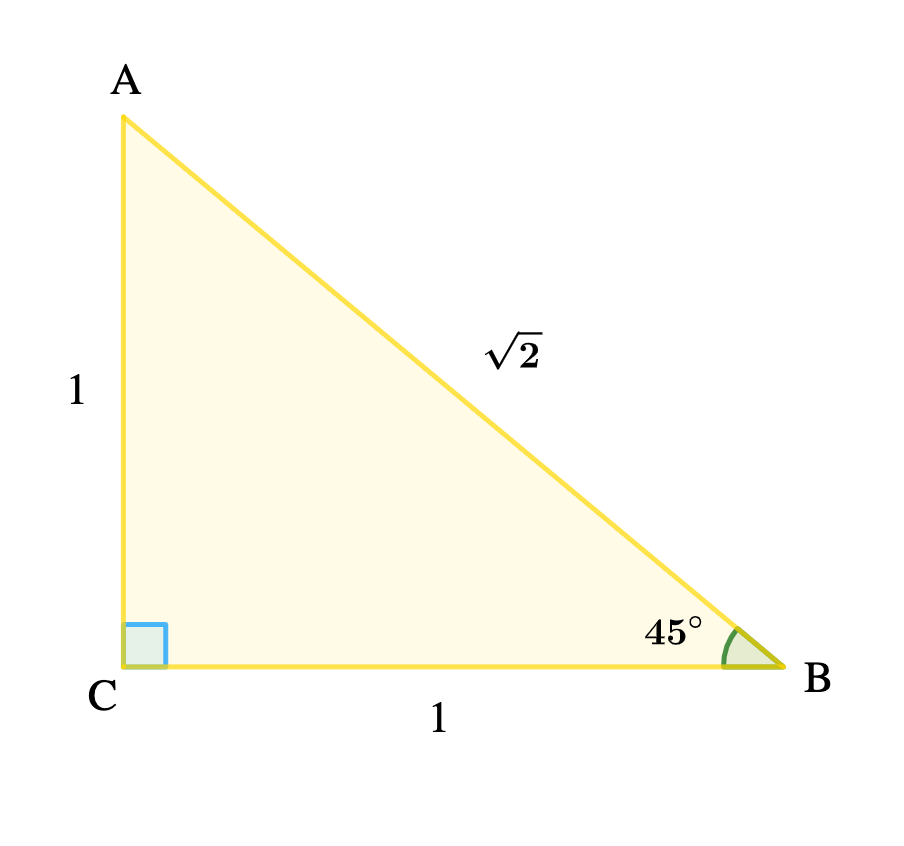
sin 45° = \( \frac {1}{\sqrt {2}}\)
cos 45° = \( \frac {1}{\sqrt {2}}\)
tan 45° = \( \frac {1}{1} = \scriptsize 1\)
30o and 60o
Consider an equilateral ∆ of side 2 units.
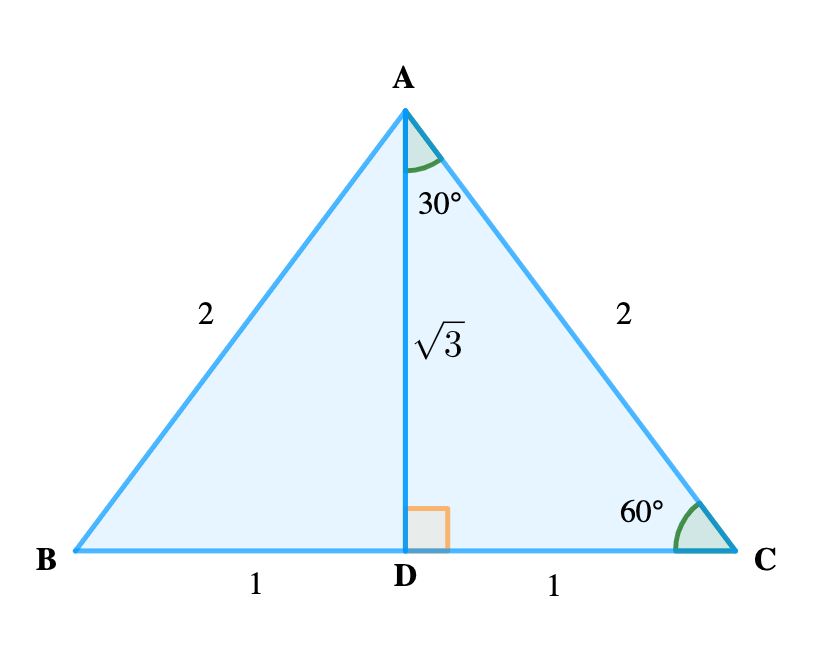
sin 30° = \( \frac {1}{2}\)
cos 30° = \( \frac {\sqrt {3}}{2}\)
tan 30° = \( \frac {1}{\sqrt {3}}\)
sin 60° = \( \frac {\sqrt {3}}{2}\)
cos 60° = \( \frac {1}{2}\)
tan 60° = \( \frac {\sqrt {3}}{1}\)
Recall,
1) sin 45o = cos 45o = \( \frac {1}{\sqrt {2}}\)
2) sin 30o = cos 60o = \( \frac {1}{2}\)
3) sin 60o = cos 30o = \( \frac {\sqrt {3}}{2}\)
4) tan 30o = \( \frac {1}{tan 60°}\)
Example 1.1.1:
In the figures in a, b and c below, find the lengths Marked x and y.
(a)
(b)
(c)
Example 1.1.2:
A regular hexagon has sides of length 8 cm. Find the perpendicular distance between two opposite faces.
You are viewing an excerpt of this Topic. Subscribe Now to get Full Access to ALL this Subject's Topics and Quizzes for this Term!
Click on the button "Subscribe Now" below for Full Access!
Subscribe Now
Note: If you have Already Subscribed and you are seeing this message, it means you are logged out. Please Log In using the Login Button Below to Carry on Studying!



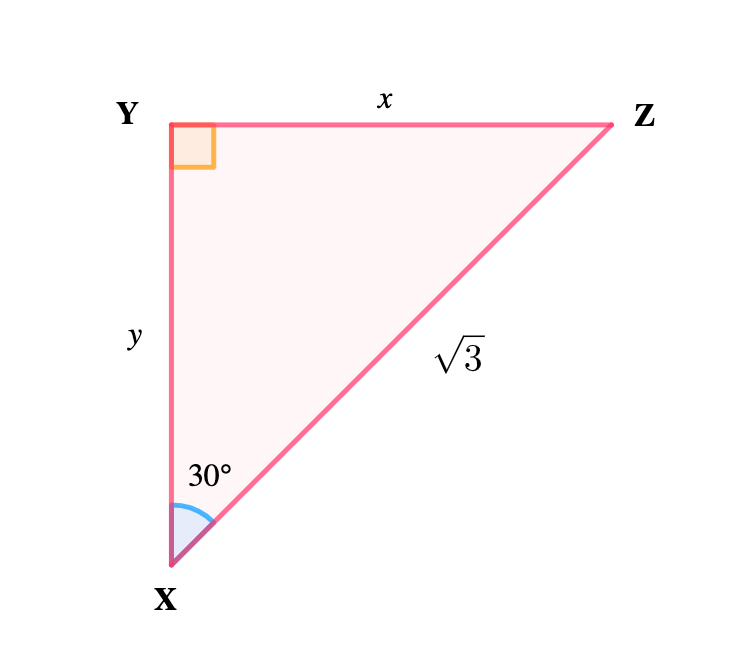
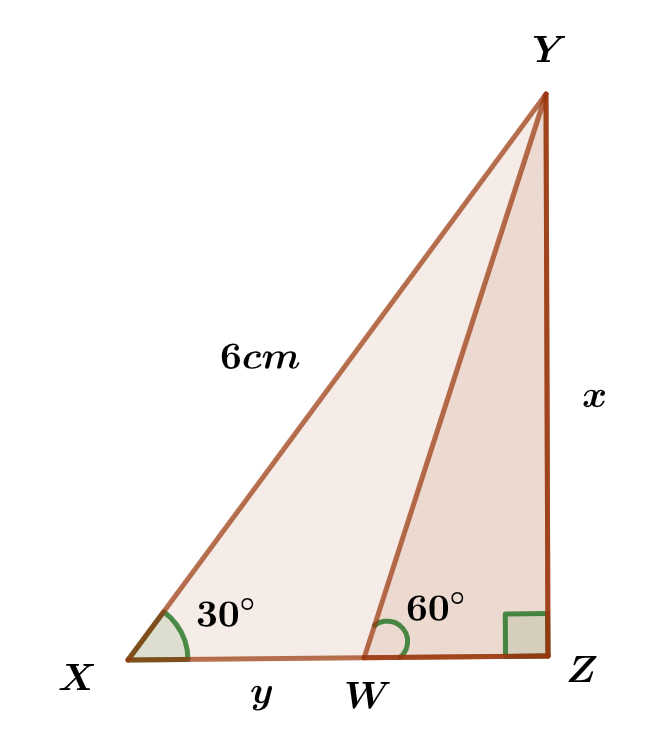
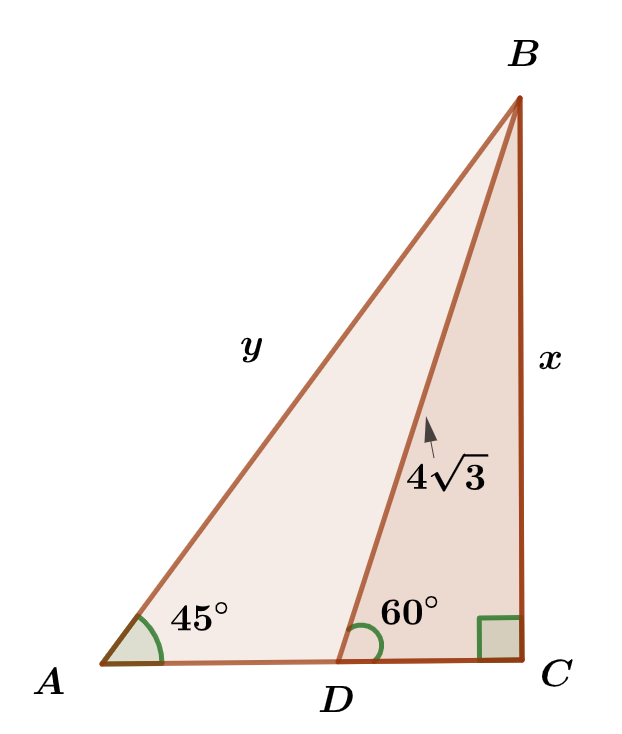
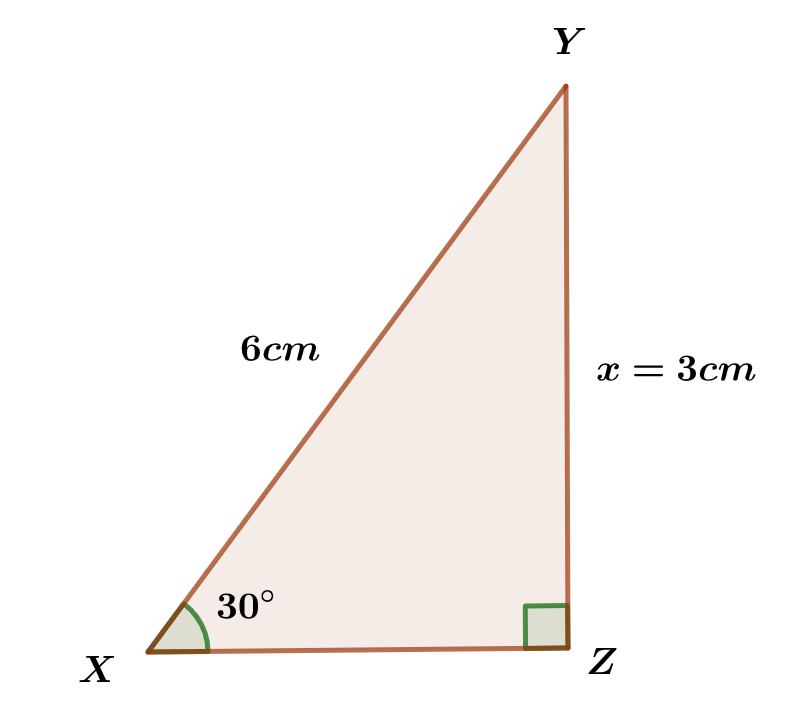


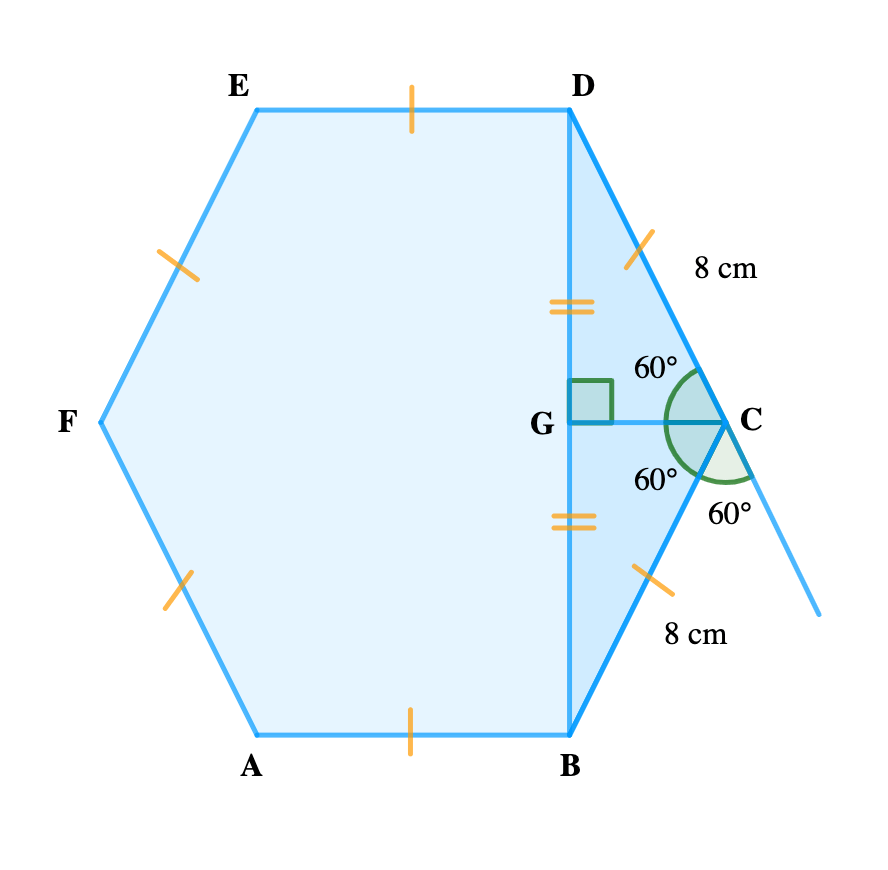




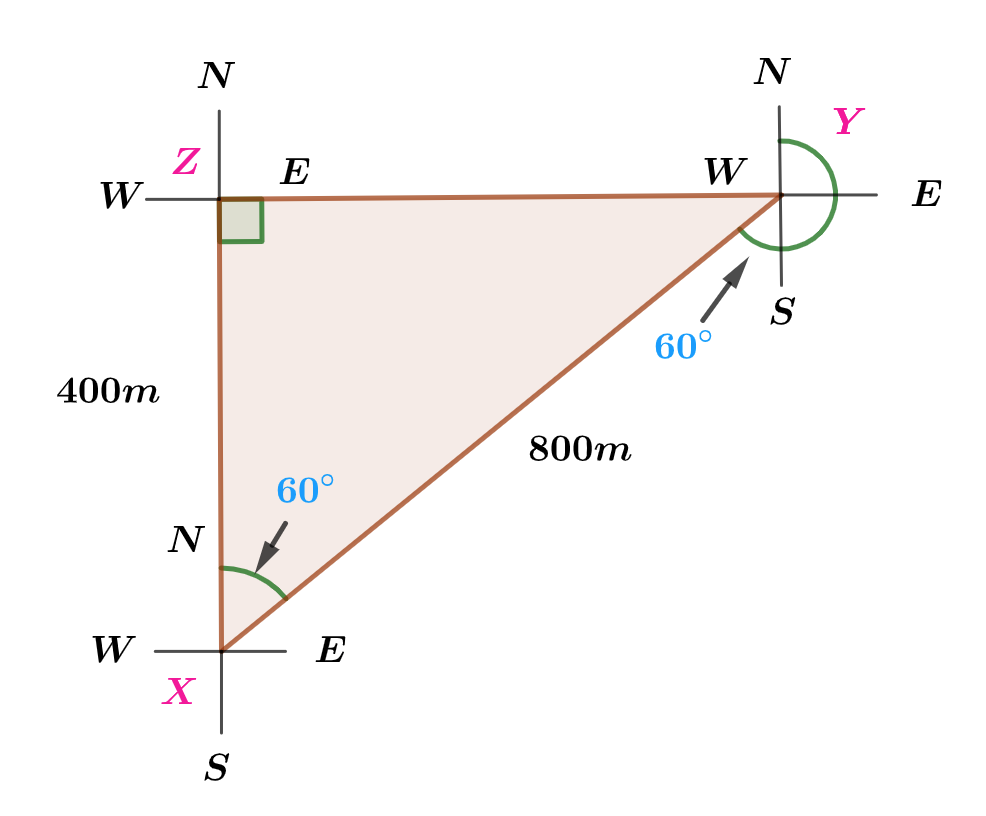
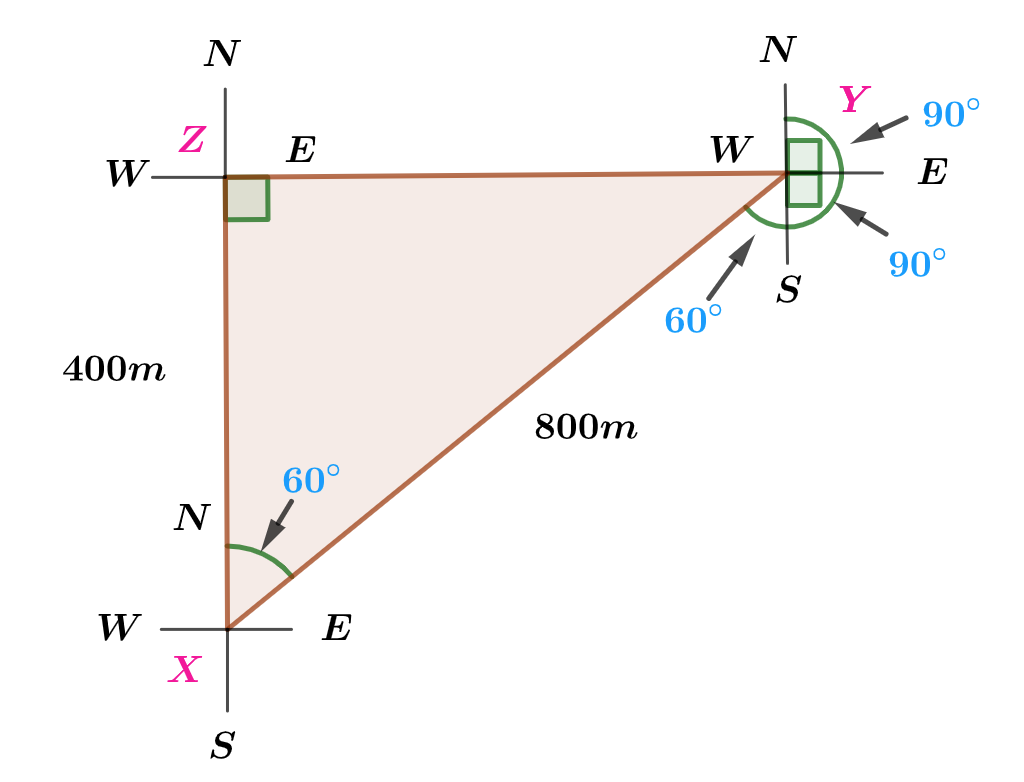
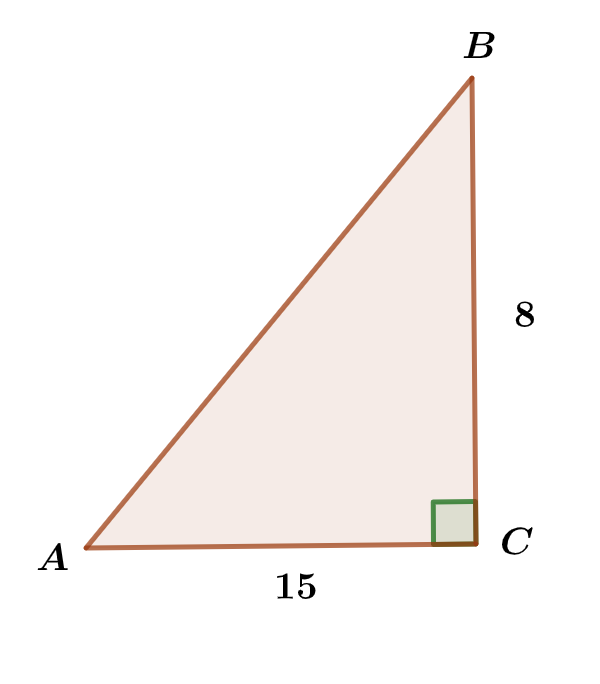

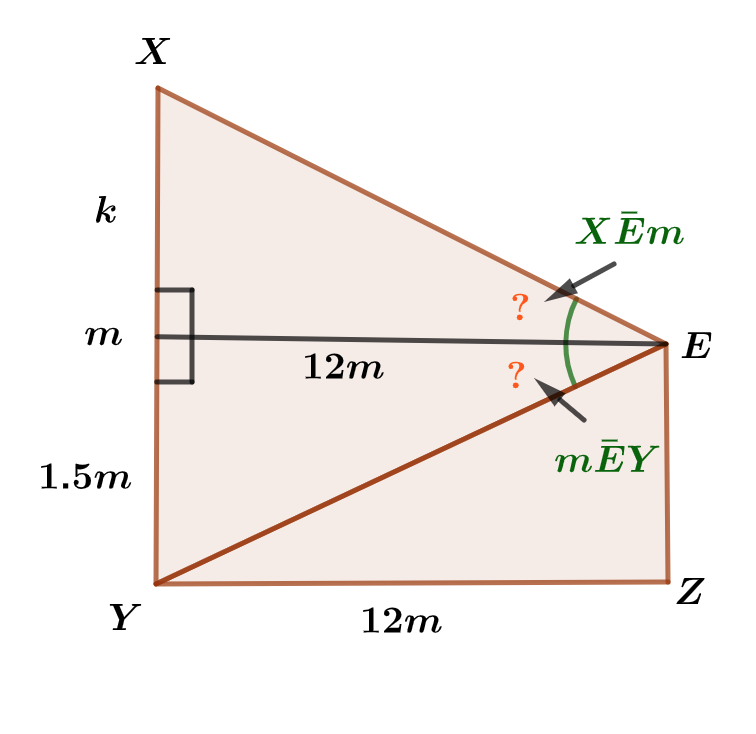



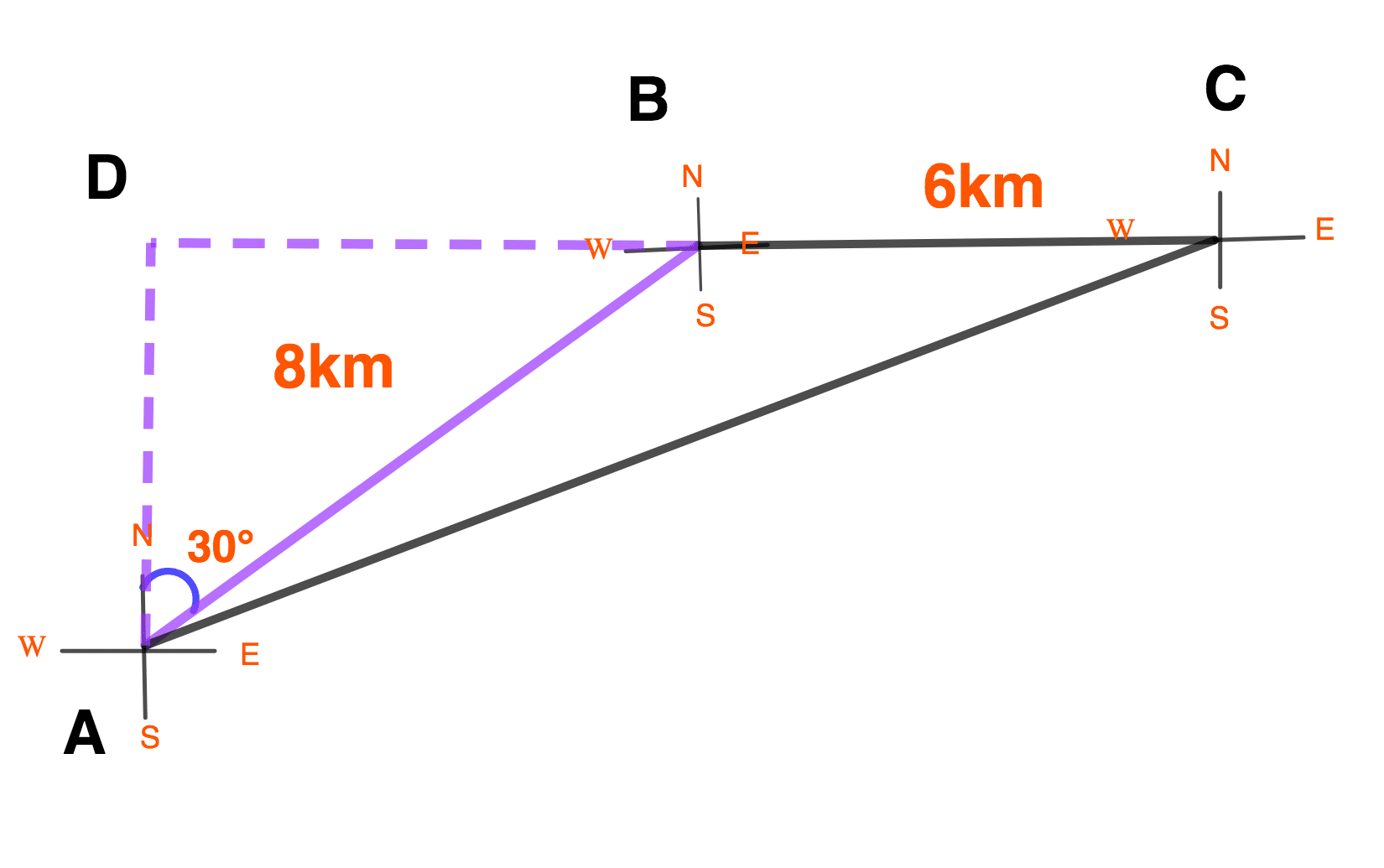
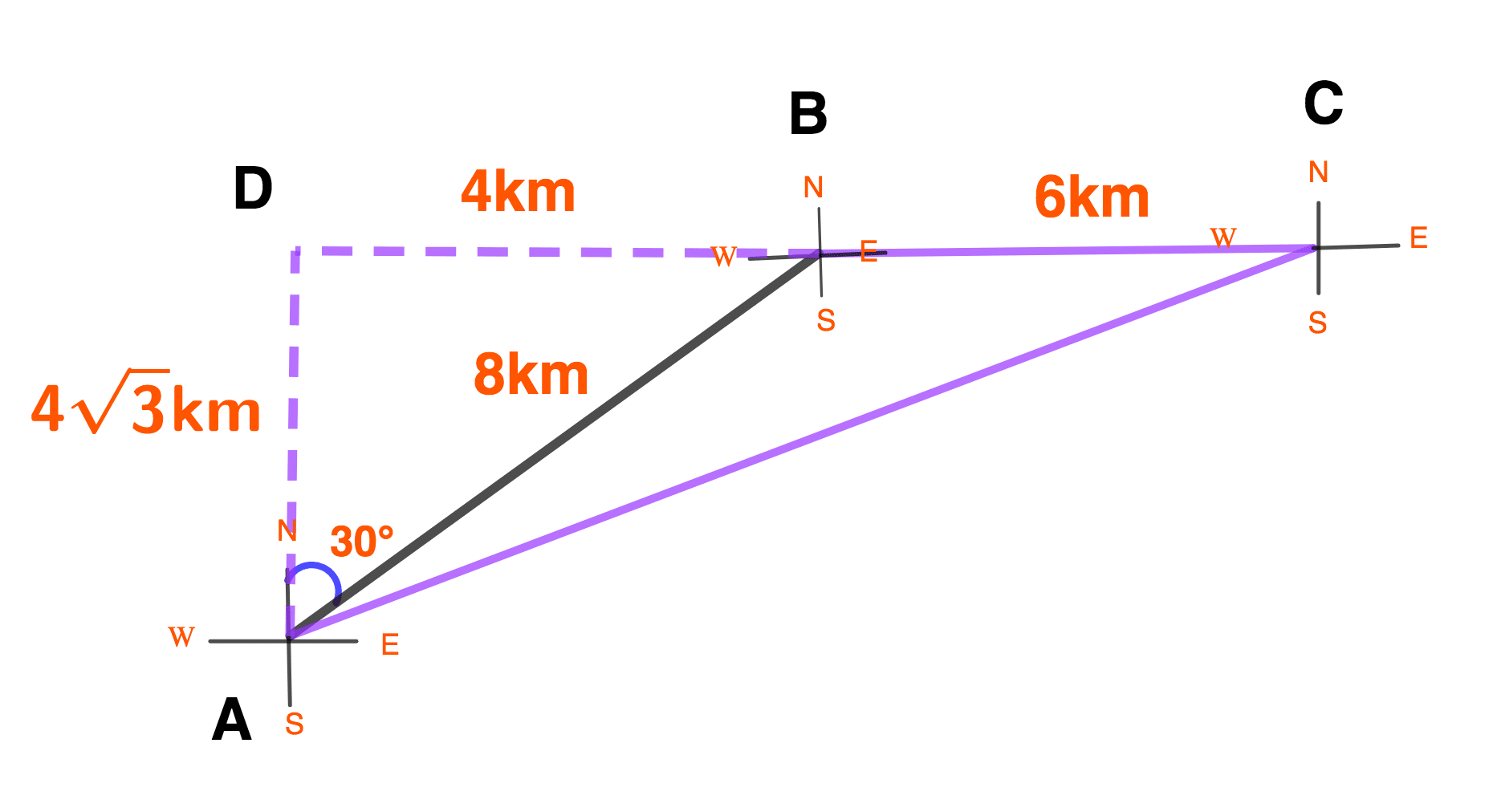
Responses